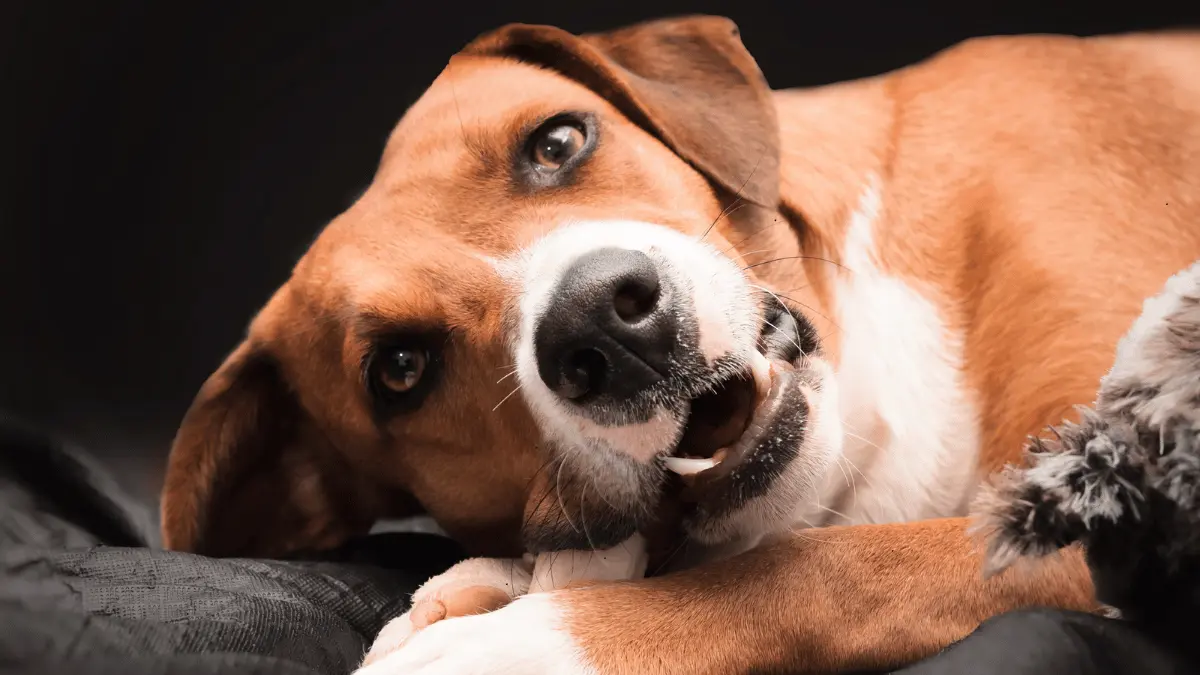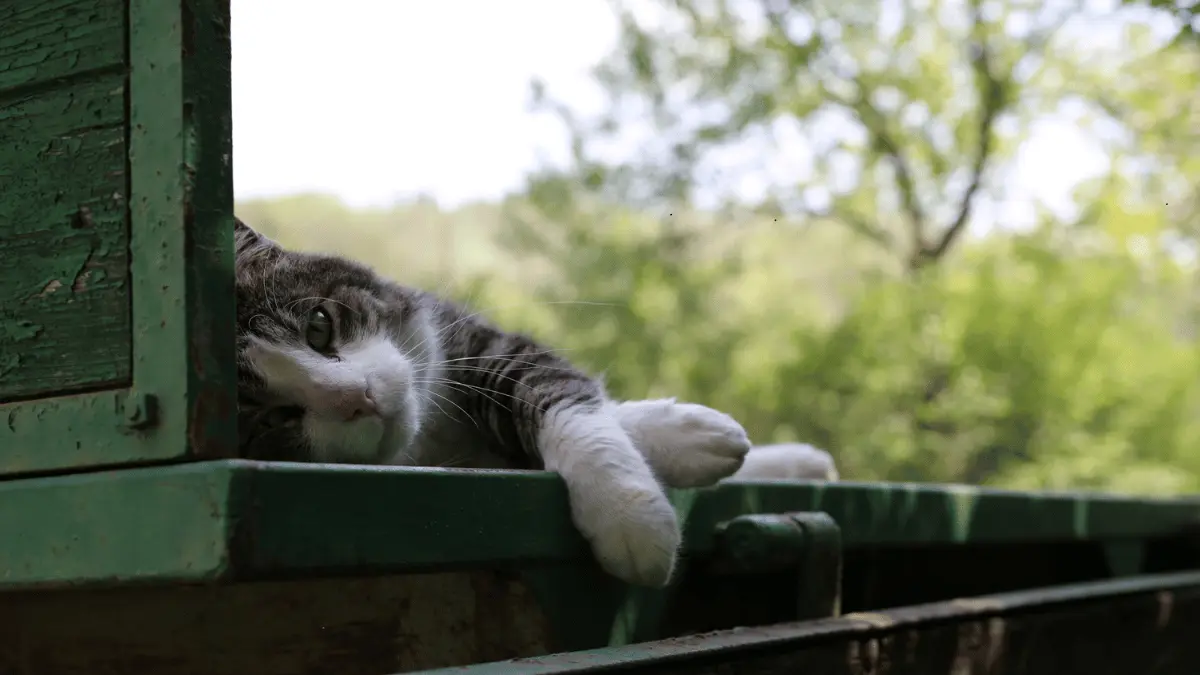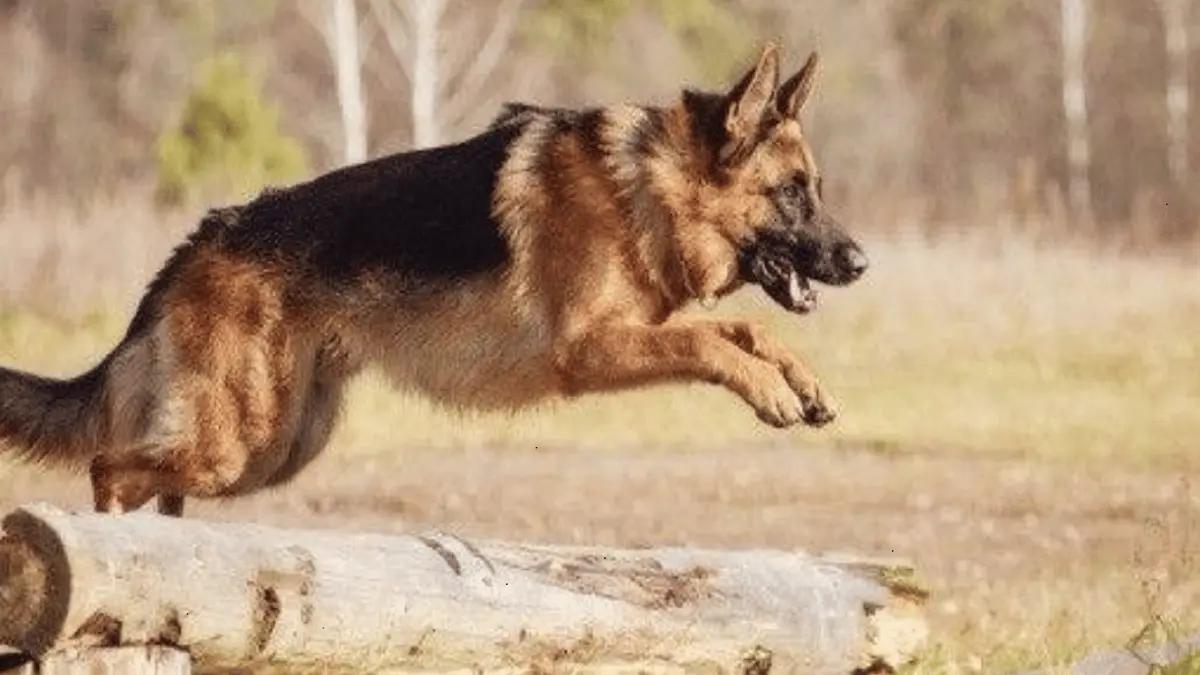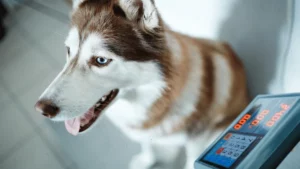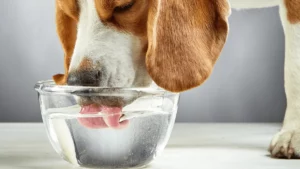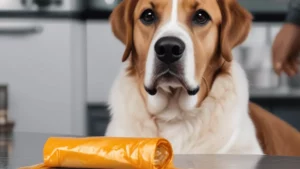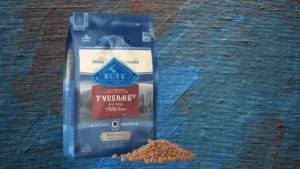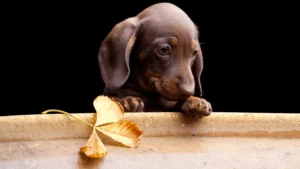A Dog Dental Care Guide That Every Pet Parent Can Do
Take care of your dog’s dental health at home! Our easy-to-follow guide will help every pet parent maintain their dog’s dental care.
Ignore your dog’s teeth and they’ll go away: It’s really as simple as that. Please, for dog’s sake, take steps to keep those teeth clean and healthy by getting and giving the appropriate dog dental care your pup needs.
OK, we know you’re busy, but it’s so worthwhile to make time in your schedule for dog dental care. The payoff isn’t just sweeter bow-wow breath and cleaner K9 kisses; it’s an overall improved vitality that you’ll notice right away. Dogs do so much with their mouths. No wonder veterinarians agree that a dog with a healthy mouth will lead a longer and happier life — and that means you and your best friend get to spend more time together.
Now that we have compelling incentive to keep our canines’ canines clean, what are the simplest, most effective ways to do that? Read on for expert tips on the best practices for dog dental care. You’ll be surprised at how easy these are to incorporate into your weekly routine.
How often to brush your dog’s teeth
“Ideally, it should be every day for small breeds such as Yorkies and Chihuahuas, which are more prone to dental disease,” says Dr. Diane Levitan of Long Island’s Peace Love Pets Veterinary Care. “With large breeds, you can get away with brushing every few days. Once a week is better than never,” she adds.
As for how to brush, use a rubber “finger brush” designed for cleaning dogs’ teeth, a handled brush designed for dogs or a child-size soft toothbrush. Apply pet toothpaste to the brush — stay away from toothpaste made for people, as it often contains xylitol, which is toxic to dogs — and gently polish those doggie teeth. Clean the brush thoroughly after each use with hydrogen peroxide and/or boiling water.
If Spot finds the brushing routine absolutely loathsome, you can make the chore more pleasant — for brusher and brushee — by using virgin coconut oil (VCO) instead of toothpaste; it’s antibacterial, antiviral and excellent for maintaining oral health. Plus, I’ve yet to meet the dog who doesn’t love the taste of VCO, so the brushing session becomes a delicious treat in itself! (And while you’re at it, treat yourself to a spoonful of VCO — it’s great for human teeth too).
What dogs should chew to keep their teeth healthy
In between brushings, dogs can keep their own choppers healthy by gnawing on dental bones and treats designed to polish canines’ canines. As we saw above, there’s no reason your dog’s oral care can’t be delicious. Many chew toys are designed to be as enticing to Spot as they are effective at keeping his choppers clean – so keeping his own teeth polished becomes a fun activity for the dog. There are numerous oral-care dog toys and treats on the market, in many flavors and shapes; let your dog sink his fangs into a few different ones until you find Fido’s favorite.
If your dog will eat veggies (I’m lucky; my health-nut hounds love munching out on veggies), by all means hand out treats of raw or lightly steamed carrots or even celery — those fibrous green strands mimic dental floss as your dog gnaws on them. Sliced apples contain malic acid and are also great for polishing dog teeth — just be sure not to give your dog the core, as it contains apple seeds, which are toxic to canines.
Dog dental care and what dogs should eat for healthy teeth
For years, conventional wisdom held that dry kibble was better for dogs’ teeth than wet, canned food. In actual fact, neither are “better” for dog dental health — both leave behind residue that quickly builds up to form tartar. Feeding dry kibble is no substitute for brushing your dog’s teeth. Sure, it’s dry when it enters a dog’s mouth, but, Dr. Michelle Yasson of New York’s Holistic Veterinary Services explains, “It isn’t hard enough to scrape the teeth clean during chewing, and unless it’s swallowed whole, it turns into a powder. Mixed with saliva, that powder makes a cement that sticks to the teeth. Saying that feeding a dog kibble will keep their teeth clean is like saying we [humans] can keep our teeth clean by chewing pretzels!”
Many dog lovers and vets agree that the tooth-healthiest type of food is a species-appropriate diet, i.e. raw meat, for the dog gets to use his teeth to tear and gnaw at the sinewy source of protein the way nature intended — which keeps those teeth in great shape. “Canids in the wild never eat kibble and never get tartar,” Dr. Yasson points out.
When to see a vet about your dog’s teeth
“If your dog’s breath smells foul, or you notice a lot of tartar on the teeth and redness and/or bleeding around the gums, visit your vet without delay,” says Dr. Levitan. Wait too long, and you could be shortening your dog’s life: If harmful bacteria threatens to make its way to your dog’s vital organs through his bloodstream, via diseased teeth and gums, you could find yourself facing a tragic emergency situation.
Here are some sobering statistics that ought to leave a bad taste in dog lovers’ mouths: A recent AAHA study showed that almost two-thirds of pet owners don’t provide home dental care as recommended by vets. And according to the American Veterinary Dental Society, 80 percent of dogs show signs of oral disease by age three.
With the buildup of bacteria and plaque in the mouth, a foul odor develops. But instead of being recognized for the serious red flag it is, that bad “doggie breath” is routinely dismissed by dog owners as “normal” when it’s not normal at all. Foul breath is a sign that infection exists in the dog’s mouth, lurking and ready to spread through the bloodstream to the heart, lungs, or kidneys, where it can literally kill your dog.
So, when in doubt, see your vet about any abnormality in a pet’s mouth, regardless of the animal’s age. Your dog’s life is at stake.
